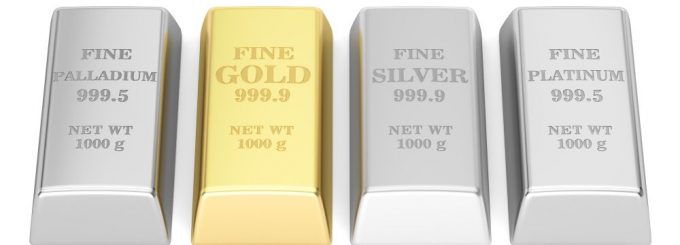Investing in Precious Metals: A Comprehensive Guide from Industry Experts

With financial markets often unpredictable, many investors are turning their attention to tangible assets. Among these, investing in precious metals has emerged as a popular choice due to its enduring value and historical significance. Whether you’re a seasoned investor or a beginner exploring different investment options, this article aims to guide you through the ins and outs of investing in precious metals.
The Allure of Precious Metals
Metals like gold, silver, platinum, and palladium have captivated investors for generations. Their allure stems not just from their scarcity but also from their practical uses in industry and their role as a recognized medium of exchange. As opposed to paper money or digital holdings, precious metals are physical commodities possessing inherent value. They retain their worth even amidst financial turmoil, establishing them as a secure investment option for investors.
These metals also hold an irresistible charm due to their historical importance. Take, for instance, gold and silver coins. These artifacts serve as tangible connections to bygone eras, piquing the interest of not just collectors but also investors.
Market Factors to Consider
Like any investment, putting your money into precious metals requires careful consideration. The value of these metals can fluctuate based on various factors, including supply and demand, market volatility, and economic health.
The prices of precious metals are significantly influenced by the balance of supply and demand. An upward shift in demand for a specific metal due to heightened industrial usage, coupled with a constrained supply, typically results in an escalation of that metal’s market price.
Similarly, the stability of the economy and fluctuations in the market are key determinants of the price trajectory of precious metals. During periods of economic ambiguity or pronounced market instability, investors have a propensity to gravitate towards precious metals as a risk mitigation measure. This heightened attraction invariably escalates the demand and subsequently amplifies the market prices of these metals.
Choosing the Right Investment Vehicle
There are several ways to invest in precious metals. You might choose to purchase physical assets, such as coins or bullion. This method provides the satisfaction of owning a tangible asset but requires secure storage and insurance.
Alternatively, you might choose to invest in precious metals indirectly through exchange-traded funds (ETFs), mutual funds, or mining company stocks. These investment vehicles allow you to benefit from the price movements of precious metals without the need to store and insure physical assets. However, they also expose you to the risks associated with the financial markets.
Strategizing for Future Growth
Investing in precious metals should be approached as a long-term strategy. While prices can fluctuate in the short term, precious metals have historically maintained their value over the long run.
A balanced portfolio often includes a mix of assets, and precious metals can form an integral part of this mix. They can provide a hedge against inflation and currency devaluation, helping to protect your wealth in uncertain economic times.
Investing in precious metals can be a wise decision for both seasoned investors and those new to the world of investment. These tangible assets offer a sense of security and have historically proven to be a safeguard against economic uncertainty. By understanding market factors, choosing the right investment vehicle, and strategizing for future growth, you can navigate the path of investing in precious metals with confidence.


